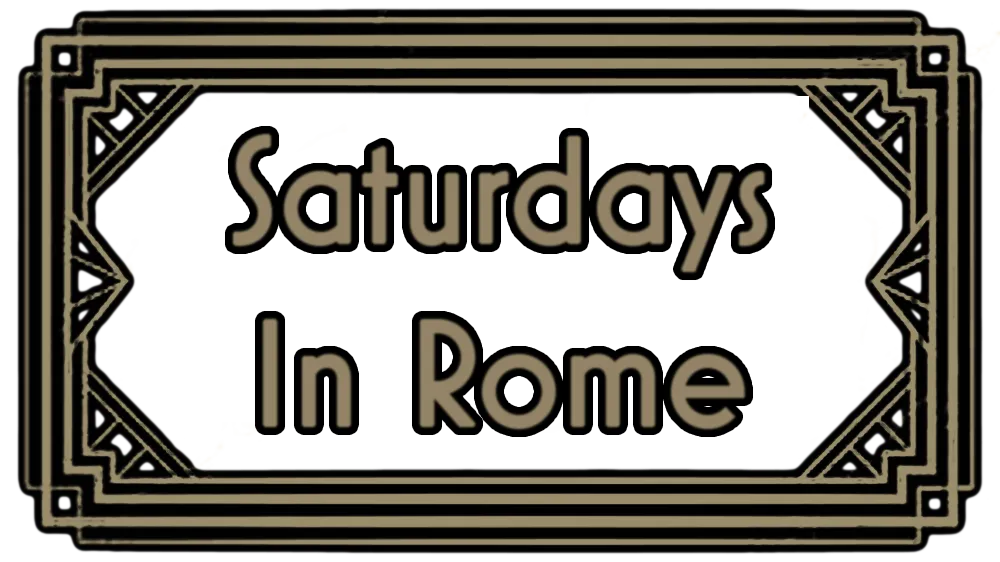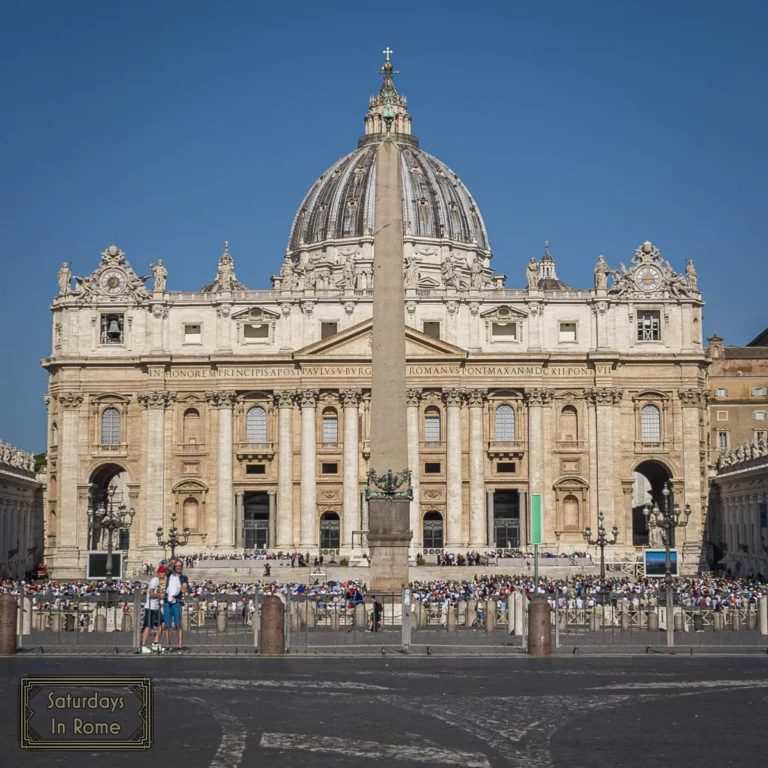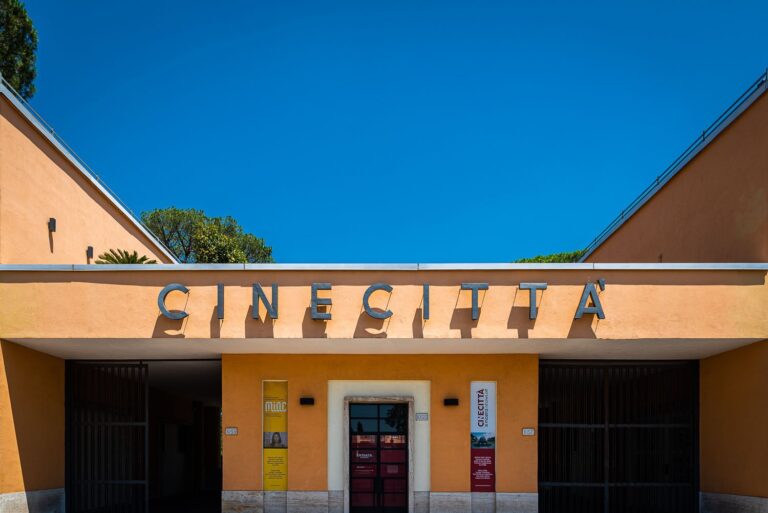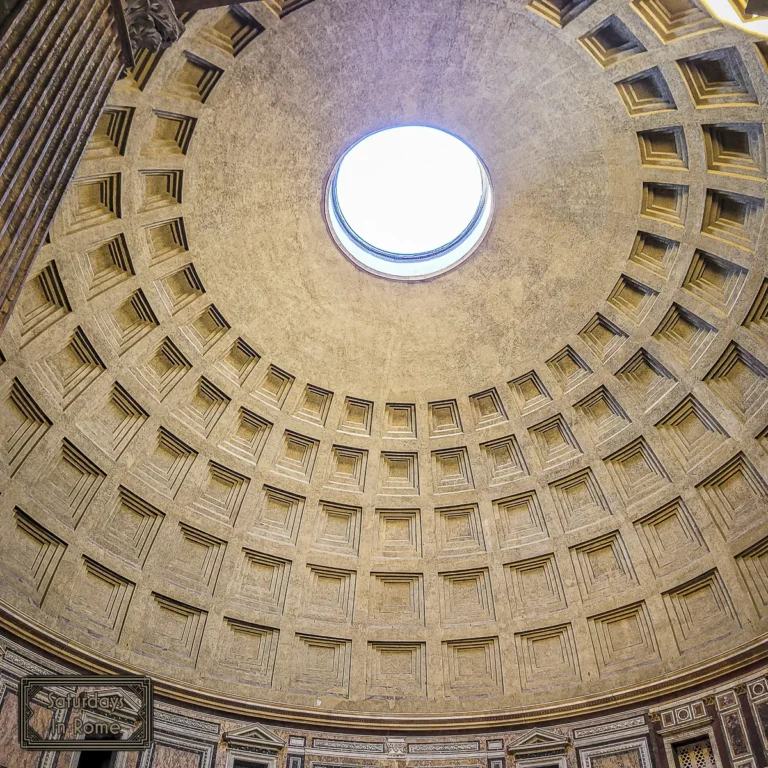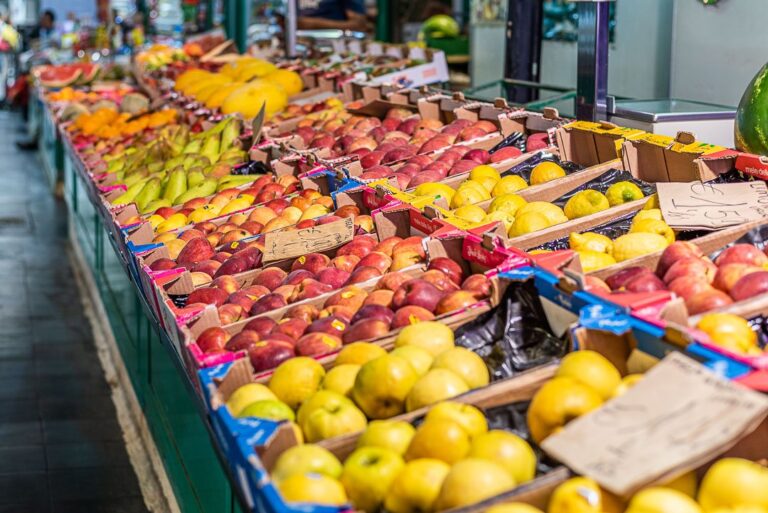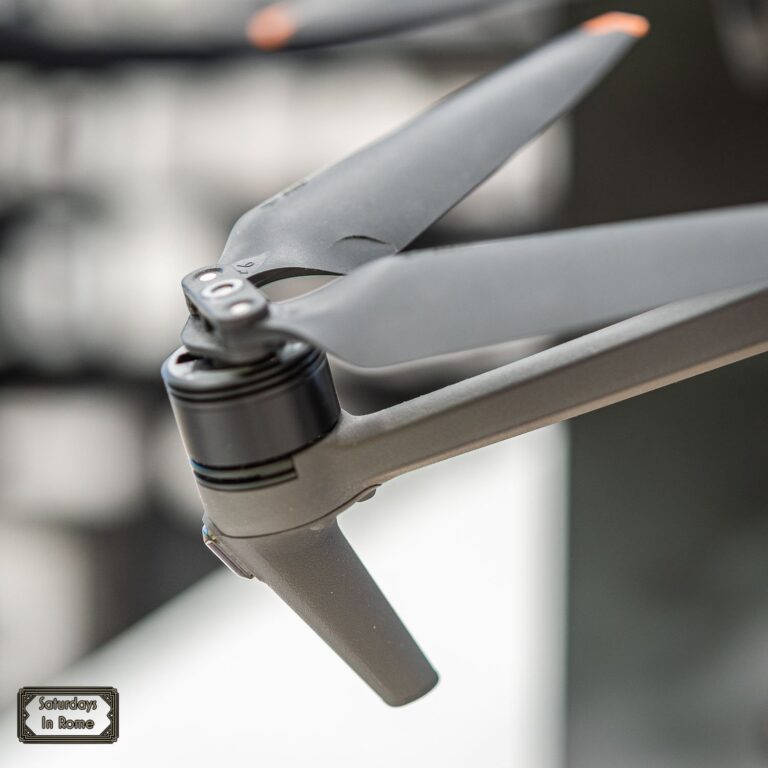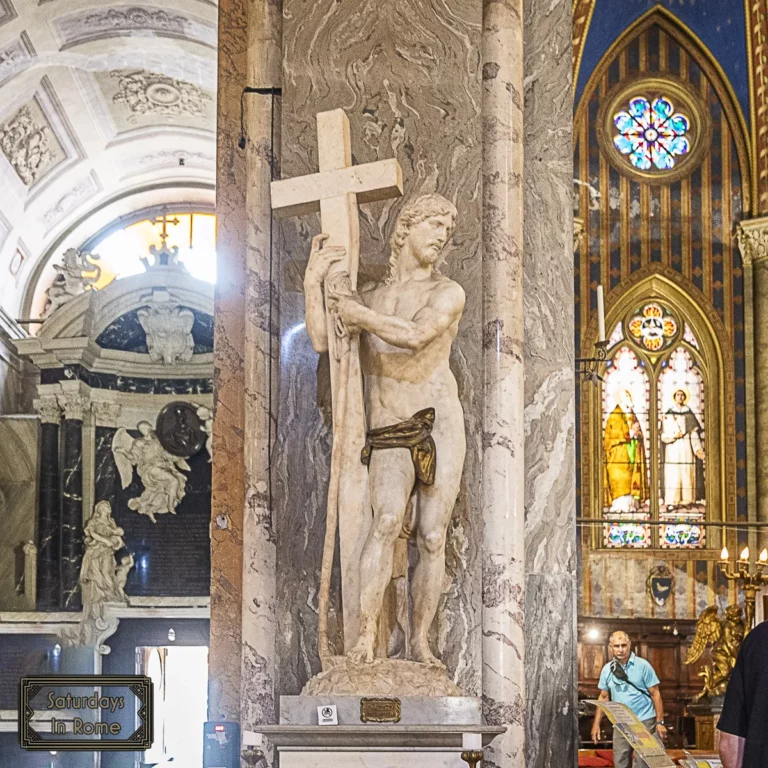The Centrale Montemartini Museum Is A Great Art Collection In Rome
The Centrale Montemartini is a unique Rome museum unlike any other that you have seen in Italy and their unique art collection needs to be appreciated.
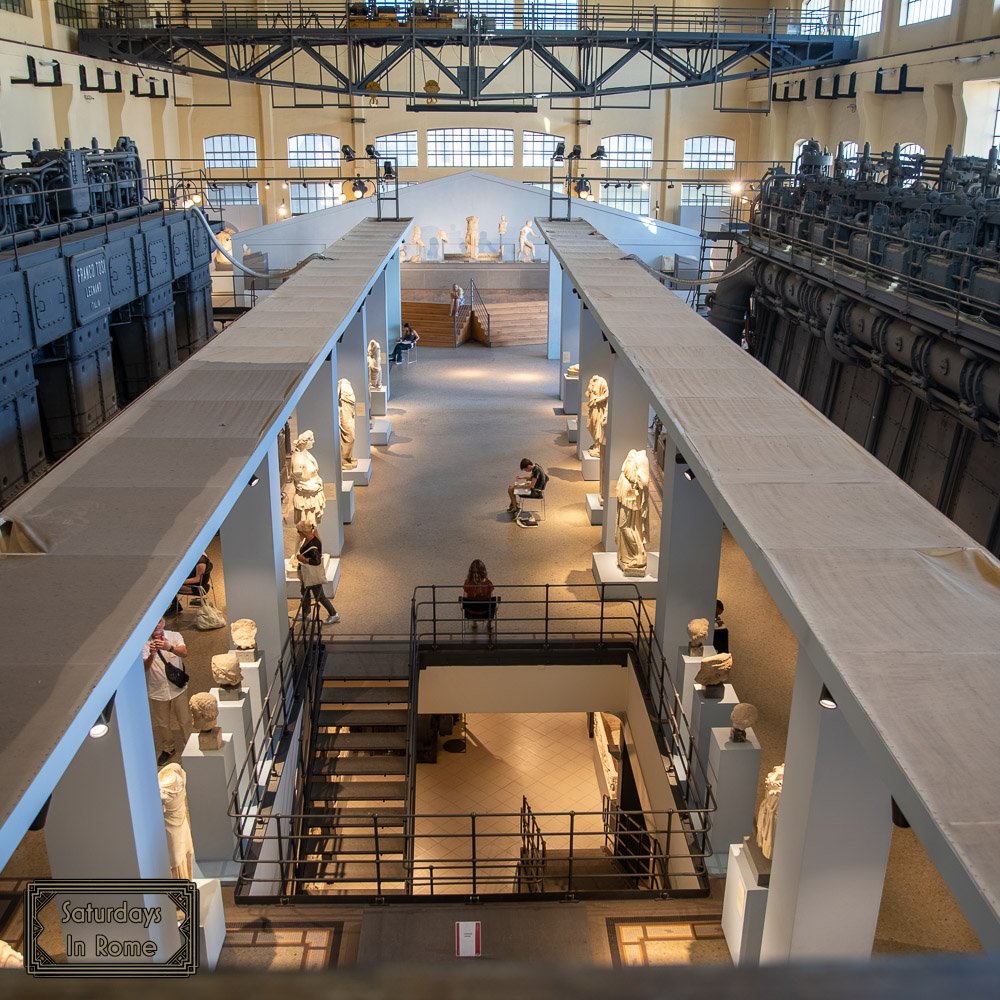
Machine Room
This Italian museum is one of the most unique exhibits I have seen and it has become my new favorite Rome museum. The uniqueness is because of where the museum is housed, which is in a thermoelectric power plant that was converted into a museum. This art gallery exhibits sculptures, mosaics, and archaeological artifacts from the Roman era, which belong to the Capitoline Museum but were moved into this space.
Visiting the museum is a true journey back into the history of Rome: the modern, industrial city, told through the machinery on display and relevant to the building’s original function as a power plant. It also shows the ancient city, illustrated through some exceptional archaeological finds staged among the modern machinery.
Need Help Planning?
- Cheap Flights: Find The Most Affordable Flights.
- Accommodations: From 1 to 5 Stars And More.
- Car Rentals: Affordable Travel Across Italy.
- Sightseeing Tours: Explore Some Amazing Tours.
- Buying An eSIM: Stay Connected In Italy.
This post includes affiliate links.
Starting with the oldest works of art, dating back to the times of the Roman Republic, the tour winds its way through the grandiose statuary groups of the temples and public buildings, then concludes with the precious sculptures and mosaics that decorated the rich private residences.
Centrale Montemartini Museum Is In An Old Power Station In Rome
The Centrale Montemartini museum in Rome is an exciting space that combines ancient Roman art and the more modern electrical power plant, and its machinery, from a century ago.
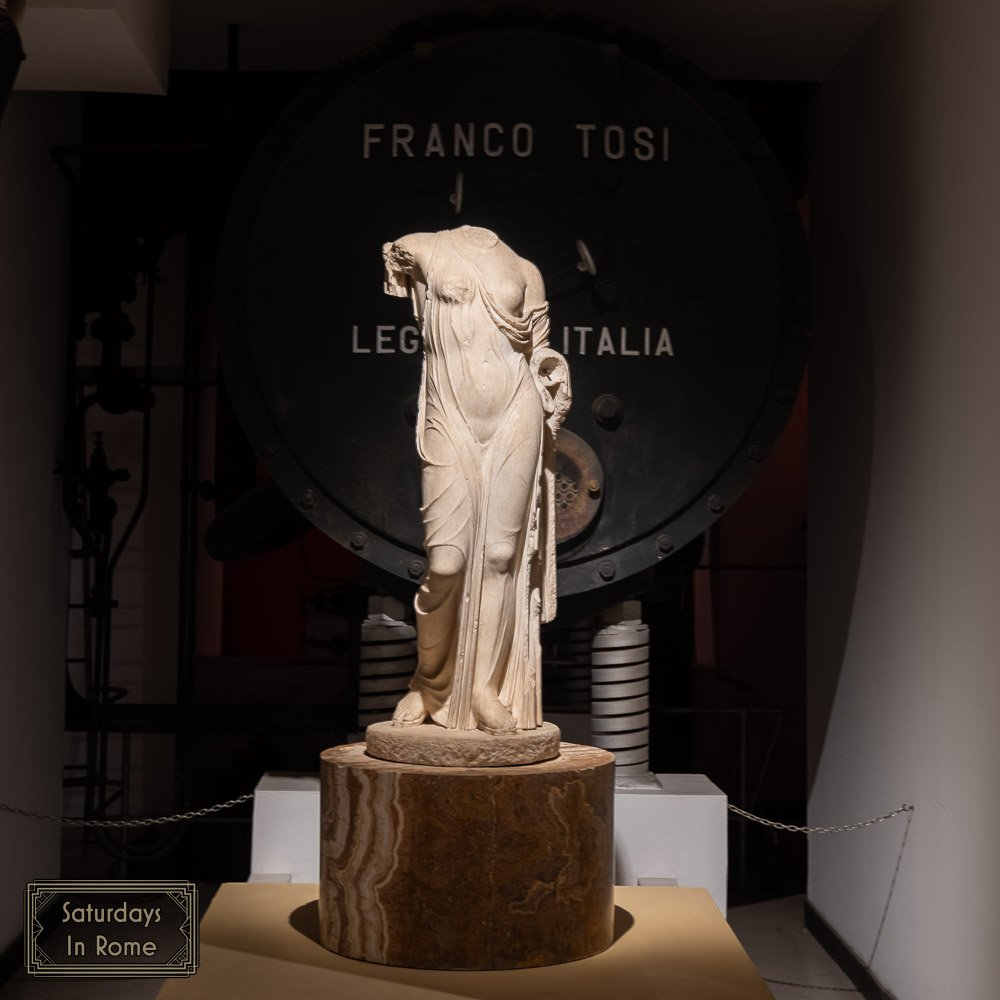
Art and Industry
The construction of the public power plant began following the results of a popular referendum in 1909, in which citizens had given their approval to the municipalization of Rome’s public utilities. The result of the Referendum also led to the birth of AEM, the Azienda Elettrica Municipale, which is today called: Acea.
The area chosen for the construction of the power plant stands on land located near the banks of the Tiber river, and is suitable for a continuous supply of water, which is necessary for the operation of the machines.
Inside the Montemartini Power Station were enormous side by side steam turbines with their associated boilers, and diesel engines. The power plant was decommissioned in the mid-1960s and in the late 1980s, Acea decided to undertake a complete renovation of the historic plant and it was transformed into an Art Center and multimedia center.
When Was Centrale Montemartini Museum Built?
The Centrale Montemartini power plant was inaugurated in 1912 and it was decommissioned in the mid-1960s. In the 1980s, the power company decided to completely renovate the plant and turn it into an arts center.
An exhibit called: “The Machines and the Gods,” was opened to the public in October 1997 with a layout that combined two diametrically opposed worlds, archaeology and industrial archaeology, creating a real game of contrasts. The exhibit was so popular that it went from being a temporary experiment to becoming a permanent museum in 2001.
In November 2016, following some additional renovations, the museum was expanded with the opening of a new hall, where the precious carriages of The Train of Pope Pius IX are displayed.
Centrale Montemartini Museum History
The Capitoline Cultural Heritage Superintendency organized a large exhibition at the Centrale Montemartini so that more works that were not able to be on display at the Capitoline Museums would be viewed by the public. Centrale Montemartini was a place that, because of its large spaces, in which some of the giant industrial machinery was still located, was suitable for experimenting with new museographic solutions. A few years earlier Acea had carried out the reconversion of the historic plant, restoring the machines and adapting the factory’s spaces for museum purposes. The Capitoline Museums curated the archaeological exhibition.
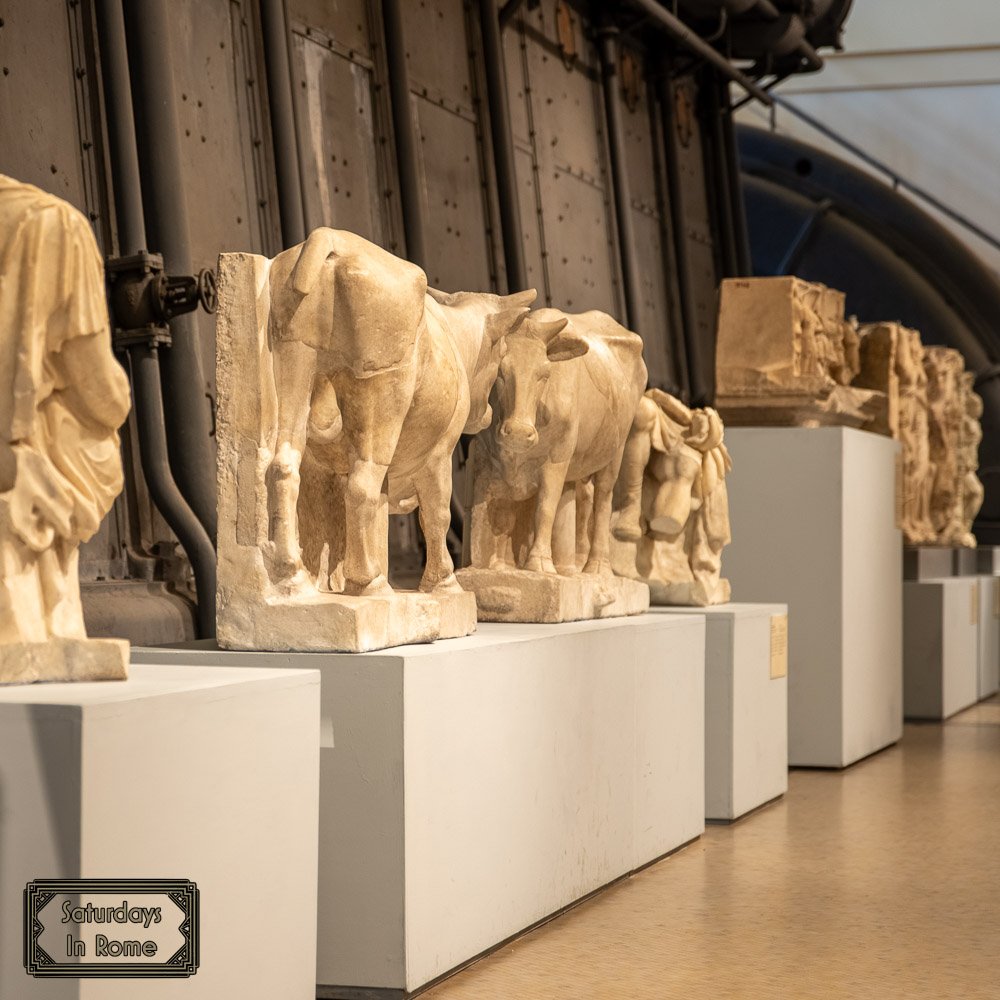
The exhibits in Centrale Montemartini are organized around the following four rooms:
The Machine Room Collection
This room (Sala Macchine) actually stopped me in my tracks. The size of the two diesel engines in the room, now completely restored, is very impressive. Each crankshaft is made up of three pieces weighing a total of 81 tons and measuring over 65 feet. The colossal two-stroke engines had a total power of 15,000 HP and were built by the Franco Tosi company of Legnano. They were installed in 1933 in the presence of Fascist Dictator Benito Mussolini.
The statues are lined up along the engines for an enjoyable contrast, but to truly take in all the Machine Room has to offer, you need to climb the stairs at one end of the hall and enjoy the views from that height like I did. It was breathtaking!
The Boiler Room Collection
The art in this room (Sala Caldaie) is not as intermingled with the heavy machinery but it allows you to walk among the statues and enjoy the fresco floor. This is more “out of the way” than the Machine Room and during my visit I only noticed one art student sketching in this room as compared to the 30 or so in the Machine room.
This spacious rectangular room, which measures more than 10,000 square feet (1000 square meters), is dominated by a huge steam boiler fixed to one of the short walls. There was only one survivor of the three boilers that were originally installed, and it rises from the floor to the ceiling in a complex array of tubes, bricks and metal walkways.
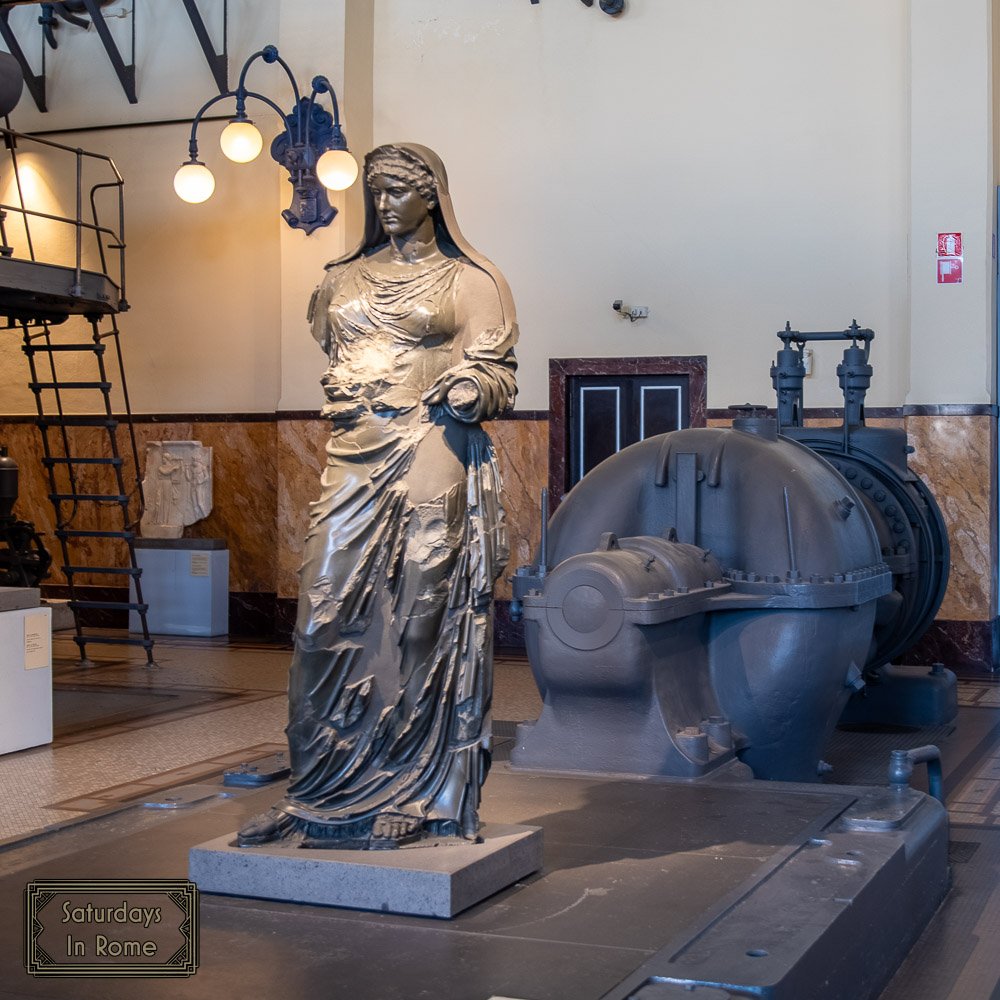
The Column Room Collection
This large hall (Sala Colonne) on the first floor takes its name from the numerous pillars of reinforced cement that support the three boilers on the floor above. Several hoppers are also visible in the ceiling, which were filled with the cinders from the coal used to feed the boilers.
A hatch in the lower part of the hoppers allowed the cinders to be recovered and recycled after having been collected in carts and carried on the communal trucks of the Garden Services to be used in the gardens and parks of Rome for improved drainage.
The Room Of The Train Of Pope Pius IX
Originally, this was a second boiler room (Sala Caldaie n. 2), but today it contains the luxurious carriages of the train of Pope Pius IX. This papal train was built in 1858 as a gift for the Pope and was on display at a number of different locations around Rome, but was finally put to rest in Centrale Montemartini. Unfortunately for me, this wing of the museum was closed during my visit, so I only get to enjoy pictures from other people. It does look beautiful and I hope that wing reopens soon.
Where Is The Centrale Montemartini Museum Located In Rome?
The Centrale Montemartini museum is located at: Via Ostiense, 106, which is south of the historical center and south of the Pyramid of Cestius.
There are a few ways you can visit the museum. If you are in the historical center, you can take Metro B from the Colosseum stop and travel south to the Garbatella stop. It is a short walk from that train station. The popular bus lines that you can take from Piazza Venezia would be the #23, #716 and the #83. You can also consider walking, if you are in the mood. It should take less than an hour and will give you a great view of the less touristy part of the city.
Centrale Montemartini Tickets
The museum is open Tuesday to Sunday from 9:00 AM until 7:00 PM. Like other Rome museums, it is closed on May 1st and December 25th. Tickets for the museum, not including temporary exhibits, cost €7.50 for adults, with a €1 discount if you are a resident of Rome. You can also buy a combined Musei Capitolini + Centrale Montemartini ticket online, which is €13.50 for adults. Admission is free with the MIC card and Roma Pass holders may also get free admission.
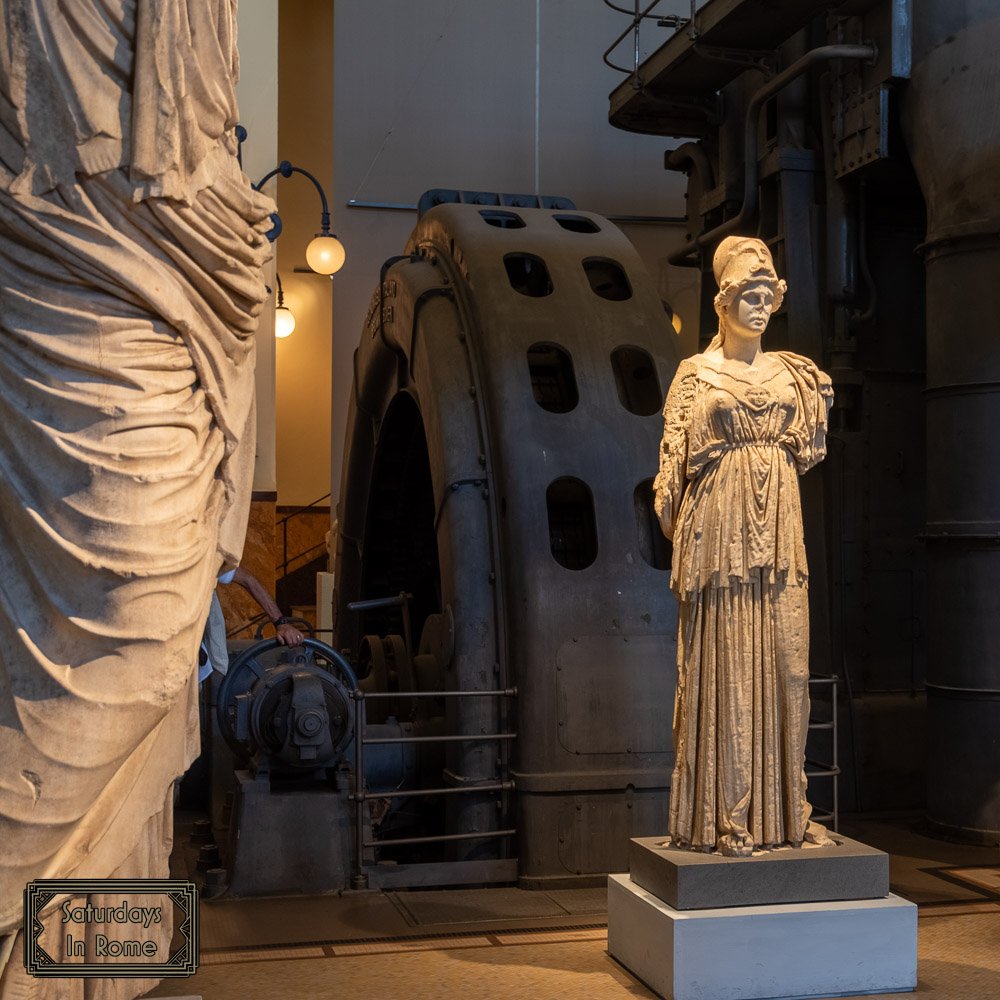
The Best Museums In Rome Are Found In Every Corner
If you enjoyed this post about Centrale Montemartini Museum, which is one of the best museums in Rome and one of my favorites, you may find these other posts interesting. I’m including some well known Rome museums, like the Capitoline, some lesser known hidden gems, like the Museum of the Liberation:
- Top Museums And Galleries In Rome You Must Visit.
- The Borghese Gallery And Museum Shouldn’t Be Missed.
- The Capitoline Museum Highlights Are Historically Beautiful.
- The Vatican Museums and Sistine Chapel.
- The Palazzo Altemps Museum Collection Of Sculptures Is Great.
- The Bone Church in Rome, Italy.
- Is The Ara Pacis Augustae Museum In Rome Worth Visiting?
- The Rome Historical Museum Of The Liberation Helps Never Forget.
- The Museum Of Zoology In Rome Is Alive With Natural History.
- The Canova Tadolini Cafe Is A Beautiful Place For Espresso.
- The Museo Della Forma Urbis Is Rome’s Newest Site To Visit.
- The Video Game Museum In Rome: The Essential Guide.
